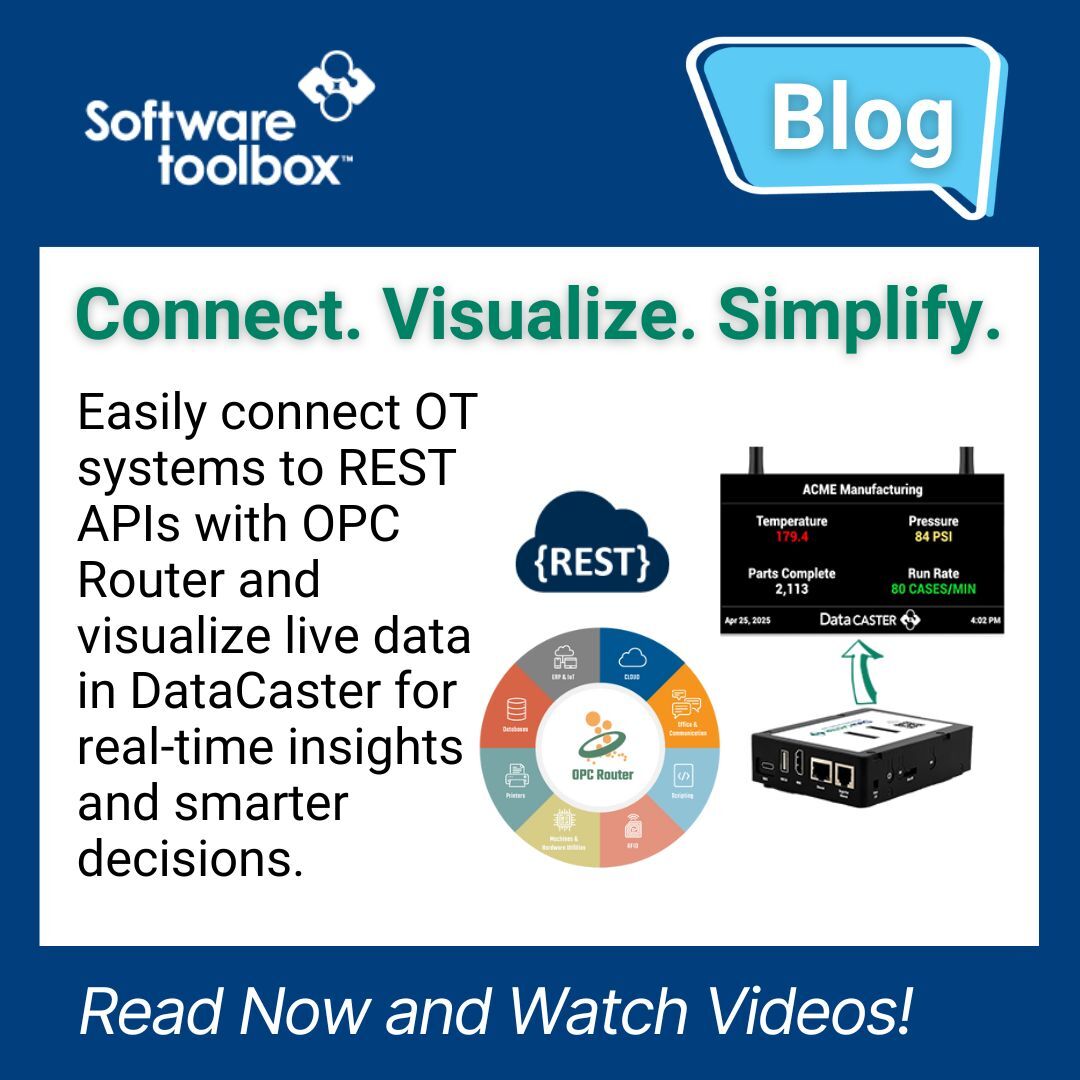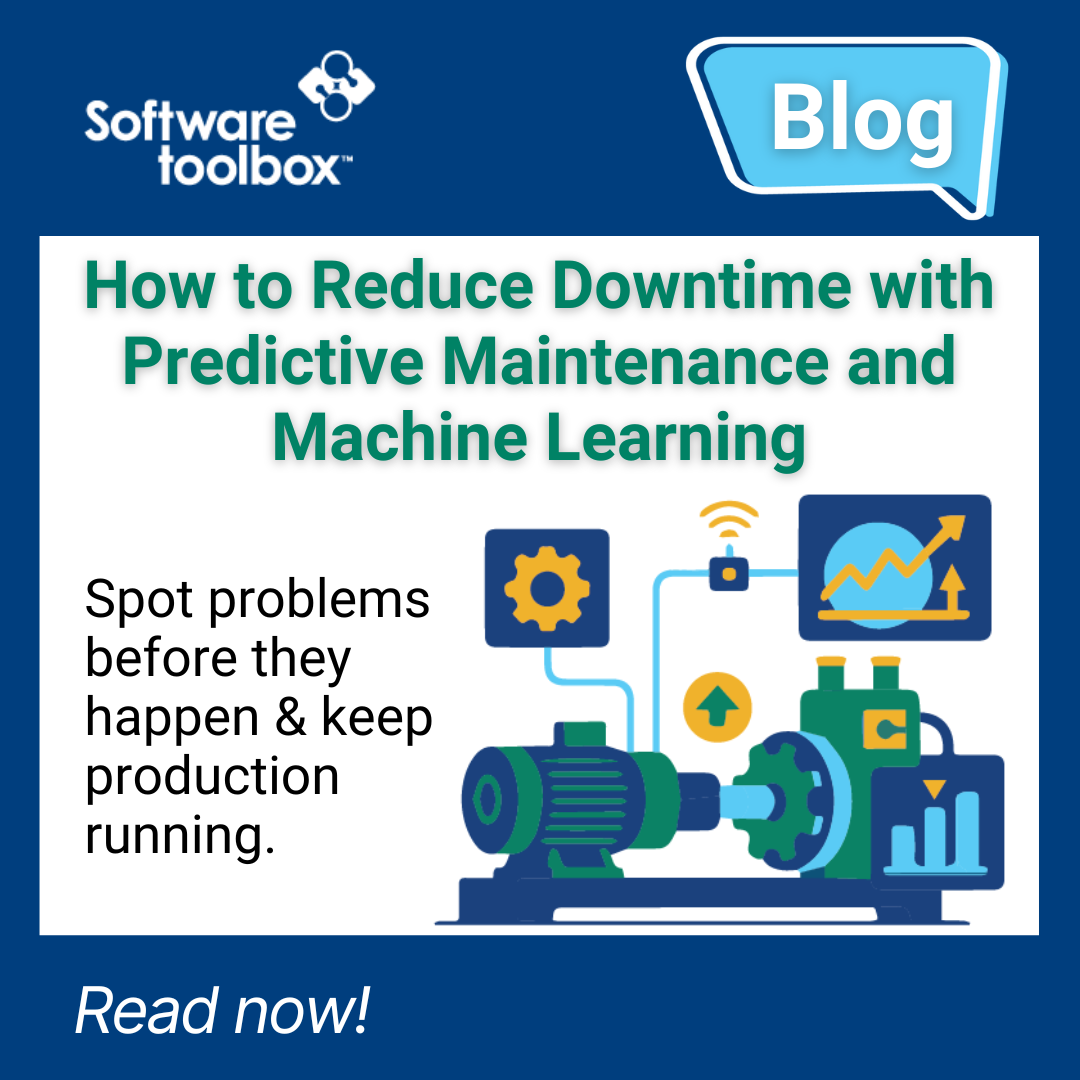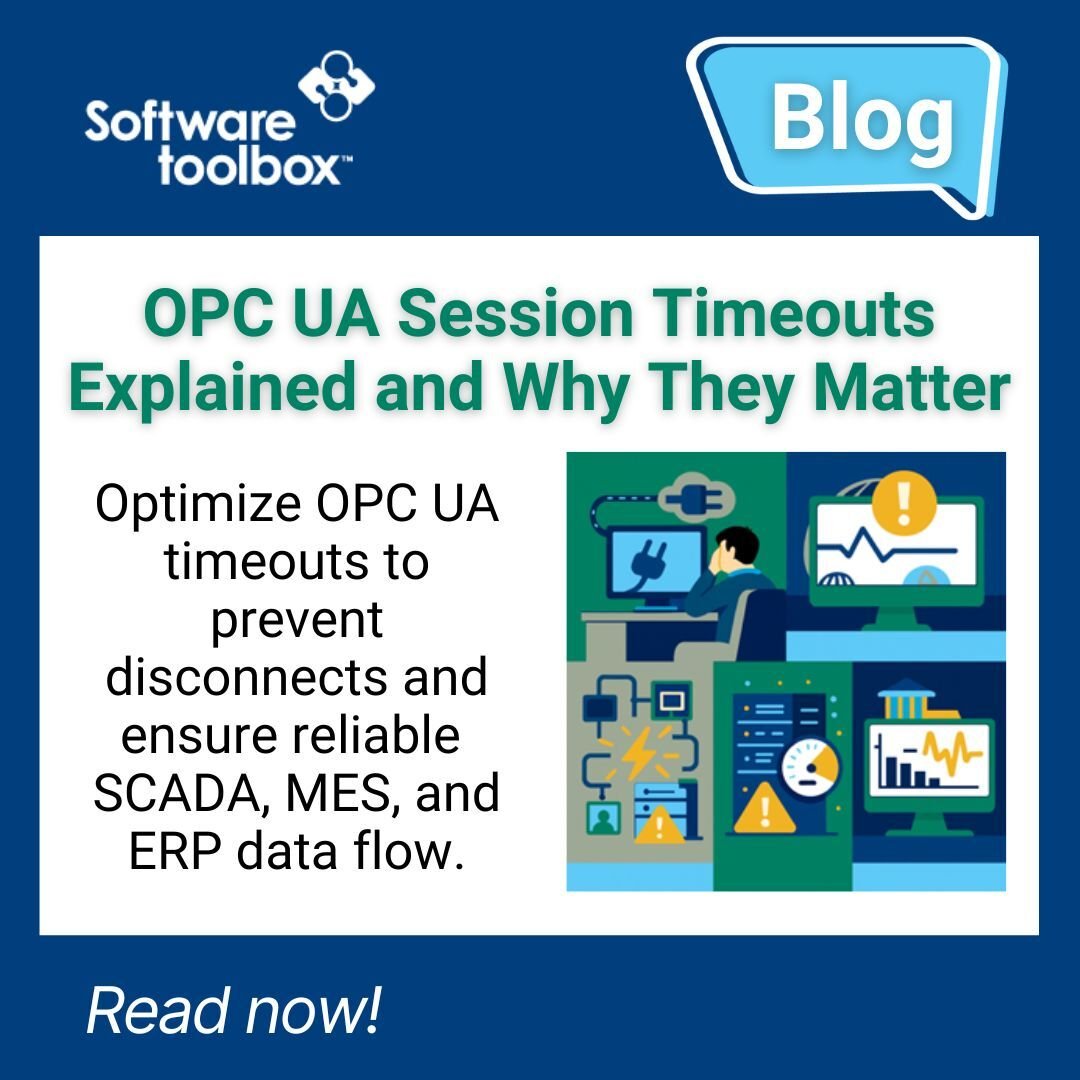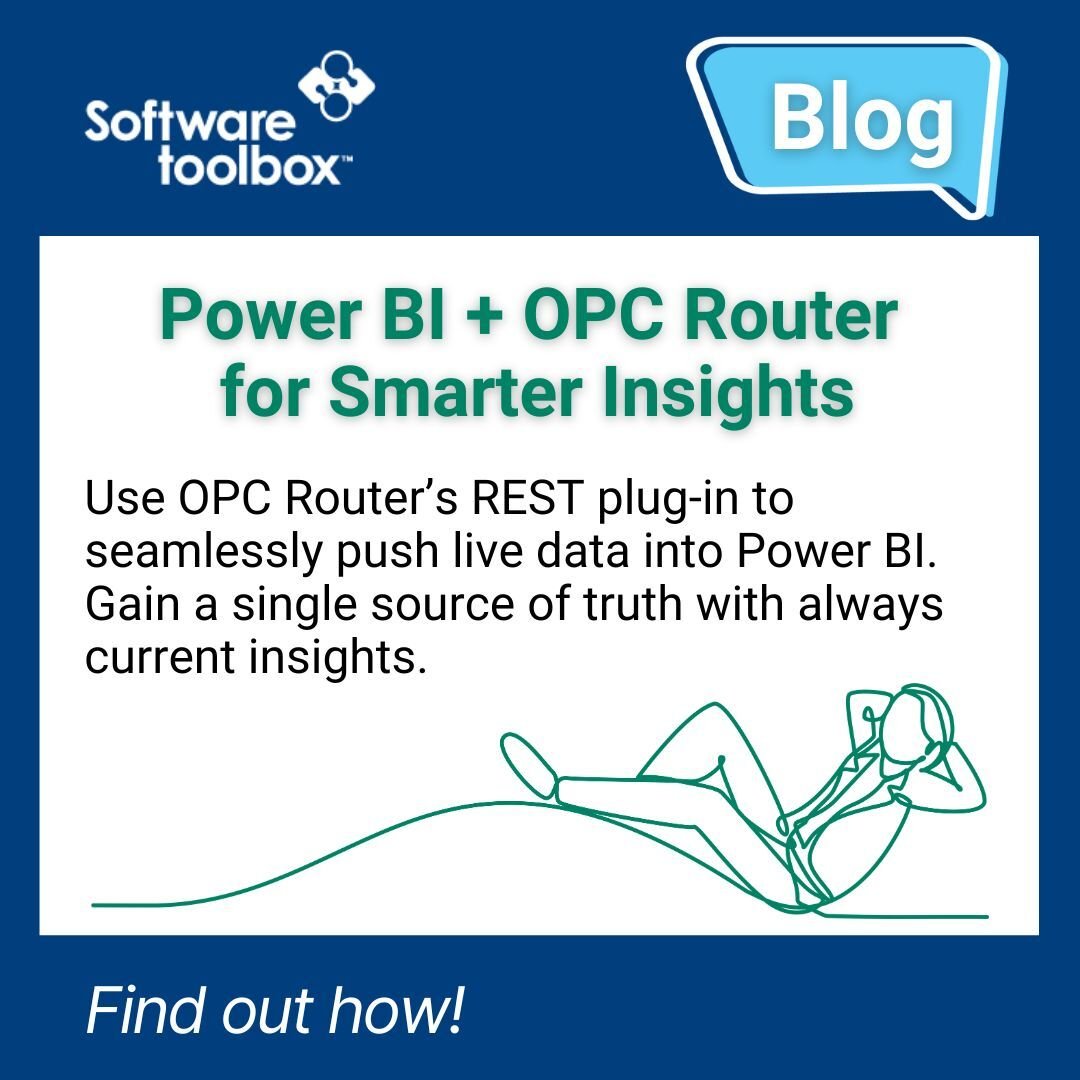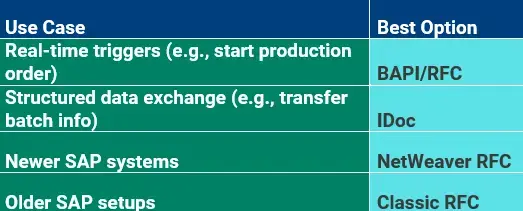When it comes to modern data workflows, REST APIs are one of the most flexible and widely adopted methods of integrating different systems. Whether you’re working with enterprise software, cloud services, or custom applications, REST provides a lightweight way to exchange data.
In this post, we’ll explore how OPC Router’s REST Client plug-in simplifies connection to RESTful endpoints. We’ll then walk through a practical demonstration using Software Toolbox’s Data Caster product, covering: A step-by-step demo of configuring the REST Client in OPC Router to collect data from an API and display that data with Data Caster.
By the end, you’ll see how REST fits neatly into your industrial data architecture, giving you a flexible bridge between OT and IT systems.


